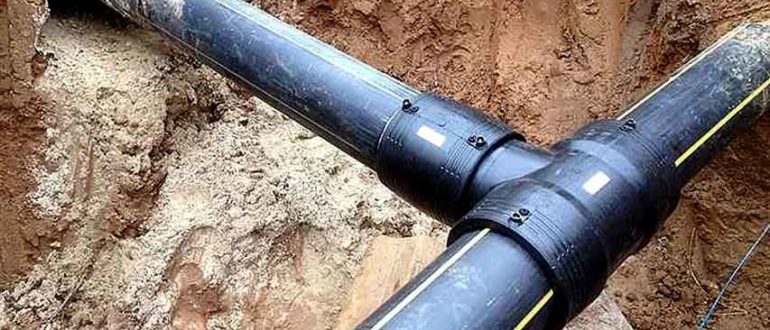To excavate a site, you need to identify exactly where all utilities are buried, including locating underground pipes, which can be metal, plastic or asbestos cement.
Finding pipes underground is a more difficult task than locating electric cables mainly because of the different materials of the pipe walls. Nevertheless, there are many devices and methods that can help with this task.
If you are interested in an underground utility locating service, you can call us or leave an application, if you are looking for information on how to find pipes in the ground yourself, then read on.
Where to start checking a site for underground pipes
At the first stage it is always better to find and study the available documentation, to do this you need to make enquiries to the relevant organisations. For example, in Melbourne, the main such organisations include: South East Water, Yarra Valley Water or Greater Western Water.
Typically, there should be design and execution documentation, but it is more likely that you will only have access to a database. This document contains the approximate route of pipelines and other networks underground, referenced to coordinates (georeferencing is mainly done for chambers/wells only). The database will not give you the exact location of utilities, but it is nevertheless an important source of information.
If you are interested in a small piece of land where a pipeline is documented, you can already try to dig a test pothole to actually locate the utility. If you are looking at a large area, you will need specialised equipment.
Finding plastic water pipes underground
Start by dividing the water pipes you are looking for into metallic and non-metallic ones and start with the more difficult situation.
Detecting for water pipes underground is complicated by the fact that this material is a dielectric. Let’s look at various specialist equipment to see how this aspect will affect performance.
1. A trace detector
To find a plastic or asbestos cement pipe in the ground with it we will need firstly a signal generator, secondly an in-pipe probe or simply a rigid cable or fitting.
The peculiarities of the work include:
- Access to the inside of the main pipe is required;
- detection depth up to 5 metres;
- The distance that it is possible to pass by this method rarely exceeds 100 metres.
2. GPR
If you are looking for a pipe in conditions of low concentration of adjacent communications, as well as not very clayey and watery soils, such equipment in skilled hands will do the job.
Features of ground penetrating radar scanning:
- Detection depths of significantly more than 5 metres are possible (for large diameter pipes);
- pipeline material is not important
- the most demanding instrument for the skill of the operator.
3. Acoustic leak detector
Allows to find PVC and asbestos-cement pipes by the noise of the working environment flow or with the use of impact pulse generator. Working distance is up to 50 meters.
4. Thermal imaging camera
The device can sometimes be used to locate heat and hot water pipes in the ground, but it is more common to use thermal imaging cameras for indoor inspections.
Searching for metal water pipes underground
All of the above methods are also suitable for finding metal pipes, but the tracer is the most convenient and preferred option. In some cases it is able to detect with great accuracy the networks you are looking for underground, even in passive mode (without the use of a signal generator), such as heating and gas pipelines, as they often have a protective current.
In the case of metal, a metal detector is another option. Despite its dependence on third party interference and depth limitations, it has a number of advantages:
- affordability;
- the ability to detect cast iron pipes with non-metallic compounds;
- Relative ease of learning modes of operation when probing independently.
As for self-surveying pipes underground, this is of course possible – almost all equipment can be rented. As a counterpoint to this idea: firstly, you will have to spend considerable time studying the instructions, and in the case of GPR you are likely to need little training, and secondly, the amount of the deposit will be a very strong argument against it.

